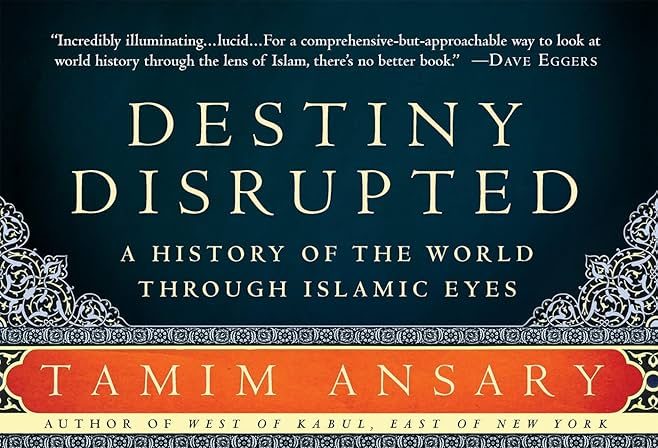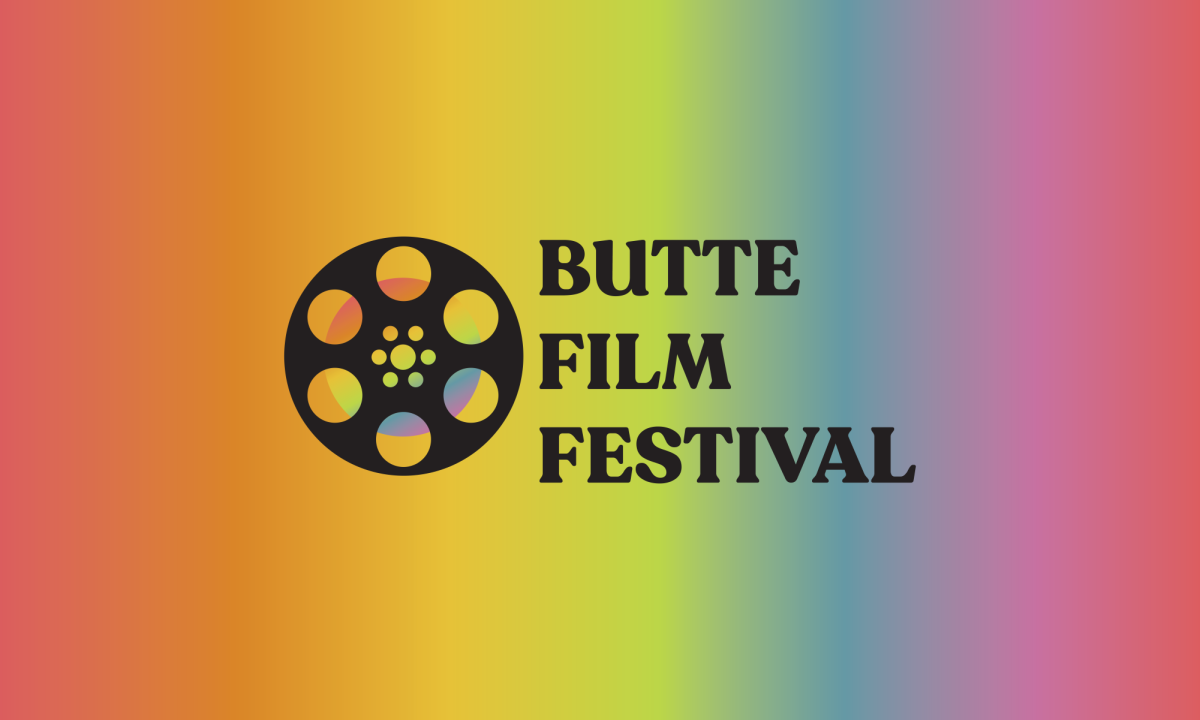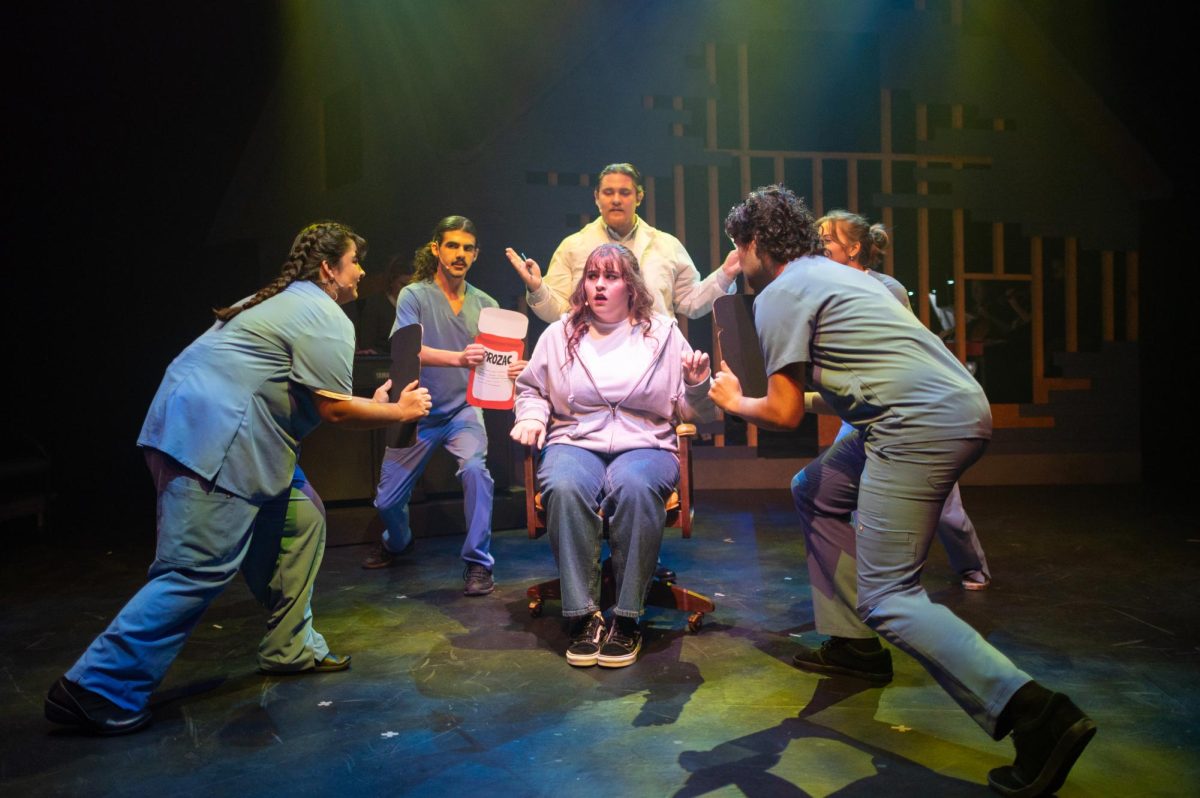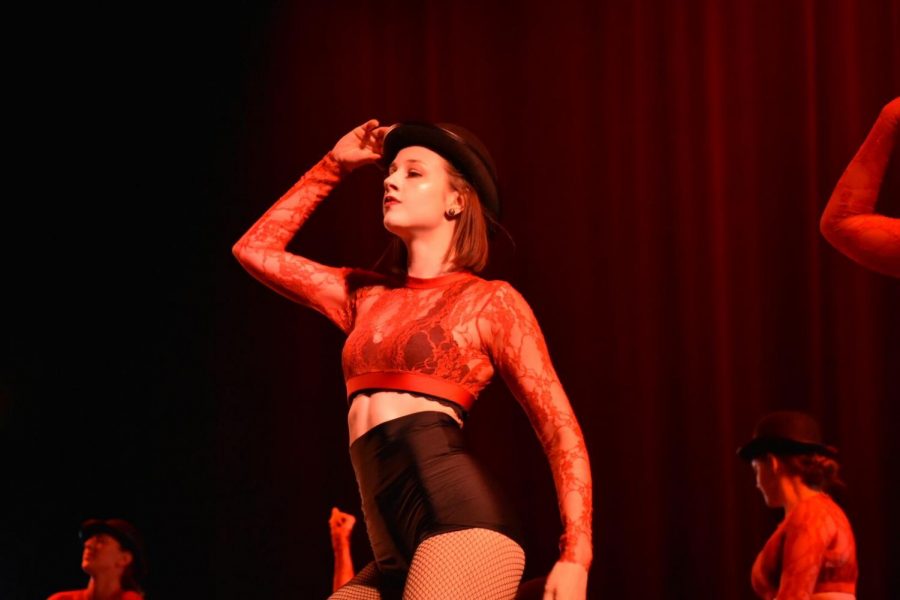HBO’s “True Detective” is so popular that the flood of people attempting to watch the season finale broke HBO GO.
IMDB’s description of the show is as follows: “The lives of two detectives, Rust Cohle and Martin Hart, become entangled during a 17-year hunt for a serial killer in Louisiana.”
Each season of “True Detective” is self-contained, similar to the much less effective “American Horror Story.”
What makes “True Detective” such a good show? First of all, the acting. Everyone is on the Matthew McConaughey bandwagon now, and for good reason. The man can act.
We all know he took some time off from serious acting and wearing shirts, but he’s back with a full wardrobe and an insistent presence.
His portrayal of the nihilist detective Rust Cohle has set McConaughey up to be the first actor to ever win a Best Actor Oscar and Emmy in the same year. That’s the “E” and the “O” of the infamous “EGOT,” with only a Grammy and Tony to go.
Maybe he can win a Grammy playing bongo drums.
Acting with him for the third time is Woody Harrelson. Harrelson takes the lesser of the two roles, Detective Marty Hart, but manages to create just as dynamic a character.
Detective Hart is a “good man” who consistently makes moral compromises while Detective Cohle is a “bad man” with a deep sense of integrity.
Cohle even makes the observation, “I’m dangerous. I’m police. I can do terrible things to people with impunity,” yet he refuses to take advantage of his authority for personal gain.
He is a man who, on one hand, declaims the world is not worth saving. On the other hand, he dedicates his life to saving it.
Show creator Nic Pizzolatto has created something special with “True Detective.” His willingness and outright commitment to expose realistic flaws in his two main characters provides a sense of realism and sets the pace for the rest of the show.
Pizzolatto isn’t just rehashing the conventional buddy-cop story. “True Detective” is original without ever feeling contrived. It’s dark and layered.
Just when you think the show has crossed the line into a dogmatic philosophy lesson, there is a six-minute, uncut gunfight. It sustains suspense so well you only realize you broke your record for holding your breath two minutes after the credits have rolled.
It’s at moments dark and claustrophobic, like the killer is casting a looming shadow over you while your imagination swears it can feel someone breathing down the back of your neck.
It’s at other times wide-open, desolate and taunting, daring you to find one single villain in a huge and still untamed land.
Be warned: The villain in this show is an intelligent monster on par with Hannibal Lecter and John Doe from “Se7en.” He’s an abomination capable of evil that is graphic, disturbing and fully realized.
In keeping with artistic tradition, Pizzolatto leaves breadcrumbs to other dark and bizarre pieces of art and literature that clearly inspired him; see “The Yellow King.”
The show often finds itself thoughtfully considering degrees of morality.
There’s a great line in the third episode when Hart asks Cohle if he ever wonders if he’s bad man. Cohle responds, “No. I don’t wonder, Marty. World needs bad men. We keep the other bad men from the door.”
But that statement begs the question, “Are you still a bad man if you oppose evil?”
In the battle of light and dark, there is a gradient from white to black. Detectives Cohle and Hart are by no means cheerful rays of sunshine. Despite their flaws, they are at the core of themselves, fighting against the blackest pitch of evil.
For all its cynicism, “True Detective” is actually a story of a dim light prevailing in a dark world.
Jedidiah Woodard can be reached at [email protected] or @theorion_news on Twitter.









